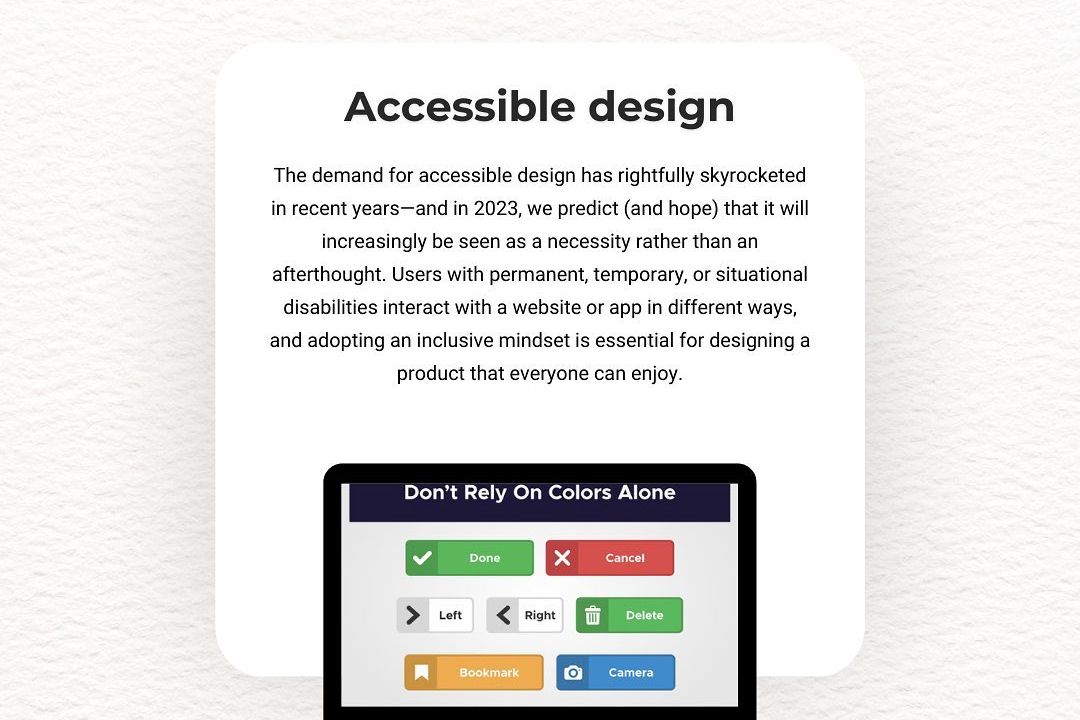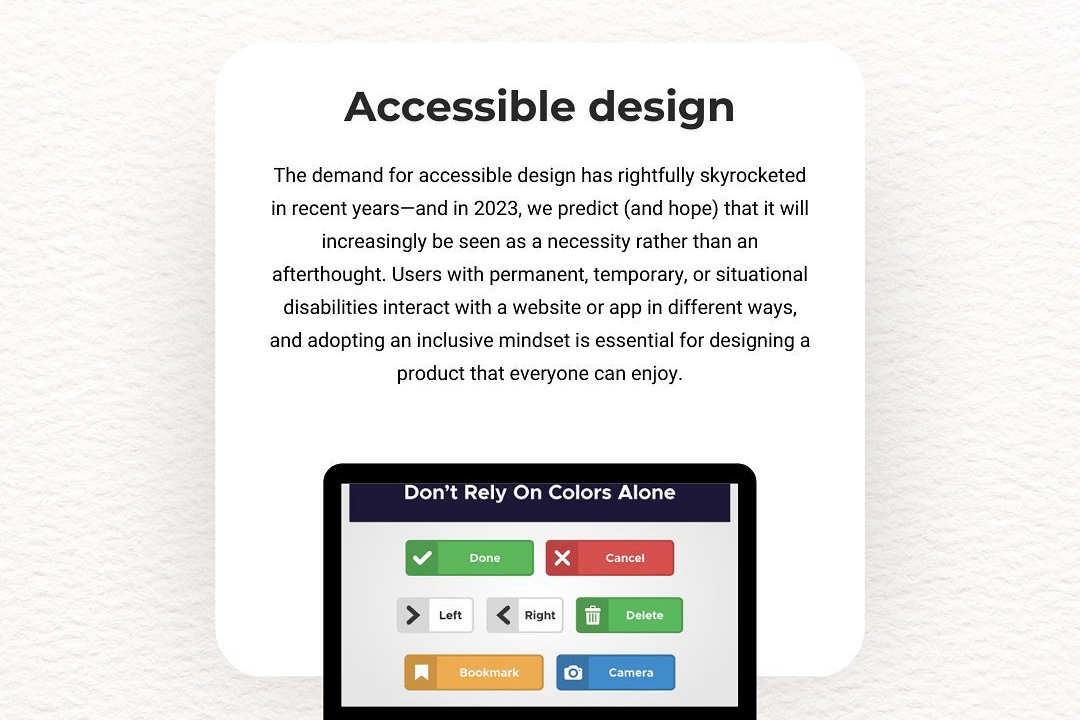Factorial Program To User In Php
A PHP factorial program calculates the product of all positive integers up to a specified number, ef
Factorial Program To User In Php
A PHP factorial program is a useful tool for demonstrating fundamental programming concepts such as loops, recursion, and functions, while also serving practical purposes in mathematical and scientific computations. Calculating the factorial of a number is essential in fields like combinatorics, probability, and algorithm design, making this program valuable for students and developers seeking to understand how to implement mathematical logic in PHP. By mastering a factorial program, learners can develop a strong foundation in programming techniques that are applicable to more complex algorithms and data processing tasks.
To Download Our Brochure: https://www.justacademy.co/download-brochure-for-free
Message us for more information: +91 9987184296
A PHP factorial program is a useful tool for demonstrating fundamental programming concepts such as loops, recursion, and functions, while also serving practical purposes in mathematical and scientific computations. Calculating the factorial of a number is essential in fields like combinatorics, probability, and algorithm design, making this program valuable for students and developers seeking to understand how to implement mathematical logic in PHP. By mastering a factorial program, learners can develop a strong foundation in programming techniques that are applicable to more complex algorithms and data processing tasks.
Course Overview
The ‘Factorial Program in PHP’ course provides a concise, practical guide to calculating factorials using PHP, covering both iterative and recursive methods, and emphasizing efficient coding techniques for real-world applications.
Course Description
Learn how to calculate factorials in PHP with this course, covering iterative and recursive methods for efficient coding and practical application.
Key Features
1 - Comprehensive Tool Coverage: Provides hands-on training with a range of industry-standard testing tools, including Selenium, JIRA, LoadRunner, and TestRail.
2) Practical Exercises: Features real-world exercises and case studies to apply tools in various testing scenarios.
3) Interactive Learning: Includes interactive sessions with industry experts for personalized feedback and guidance.
4) Detailed Tutorials: Offers extensive tutorials and documentation on tool functionalities and best practices.
5) Advanced Techniques: Covers both fundamental and advanced techniques for using testing tools effectively.
6) Data Visualization: Integrates tools for visualizing test metrics and results, enhancing data interpretation and decision-making.
7) Tool Integration: Teaches how to integrate testing tools into the software development lifecycle for streamlined workflows.
8) Project-Based Learning: Focuses on project-based learning to build practical skills and create a portfolio of completed tasks.
9) Career Support: Provides resources and support for applying learned skills to real-world job scenarios, including resume building and interview preparation.
10) Up-to-Date Content: Ensures that course materials reflect the latest industry standards and tool updates.
Benefits of taking our course
Functional Tools
1 - PHP Programming Environment: For developing a factorial program in PHP, students utilize a PHP development environment such as XAMPP, WAMP, MAMP, or PHP's built in server. These tools provide an easy to install package containing PHP, Apache, and MySQL, enabling students to set up a local server environment for testing and running their scripts seamlessly. They simulate real world server conditions, allowing learners to understand how PHP applications operate in live environments. Familiarity with these environments is essential for deploying web based PHP applications and practicing backend development skills. Students learn to configure their environment, write PHP code, and troubleshoot issues effectively, which is fundamental for professional development careers. The environment also supports debugging tools and extensions that facilitate efficient coding, testing, and deployment processes within the training program.
2) Code Editors and IDEs: Students are introduced to popular code editors such as Visual Studio Code, Sublime Text, or PHPStorm, which enhance productivity through features like syntax highlighting, auto completion, and debugging capabilities. These tools help in writing, organizing, and managing PHP code efficiently, making it easier to implement complex functions like factorial calculations. Integrated Development Environments (IDEs) provide additional benefits such as integrated debugging, version control, and code analysis, which aid learners in understanding the flow of their programs and catching errors early. Training includes guidance on setting up projects within these editors, customizing preferences, and leveraging plugins or extensions for PHP development. Mastering these tools prepares students for real world coding environments, where such tools are industry standards for developing and maintaining software applications, especially in web development projects involving PHP.
3) Web Browsers for Testing: Modern web browsers like Google Chrome, Mozilla Firefox, or Microsoft Edge are used to test PHP scripts that generate output in web format. These browsers simulate client side rendering, allowing students to view how their PHP code interacts with HTML and CSS in real time, especially when creating web based factorial applications. They provide tools such as developer consoles, which assist learners in inspecting webpage elements, debugging scripts, and analyzing network requests and server responses. This helps students understand the full cycle of web application development, from server side PHP execution to client side rendering. Incorporating browser testing into the course emphasizes the importance of front end and back end integration, preparing students for full stack development.
4) Database Management Tools: For courses that incorporate data storage alongside factorial calculations or user inputs, database tools such as phpMyAdmin, MySQL Workbench, or Adminer are employed. These tools facilitate database design, querying, and management through user friendly interfaces, enabling students to learn data persistence, retrieval, and manipulation. They also help in understanding how to connect PHP applications with databases for storing historical computations or managing user data securely. Such experience is crucial when developing scalable, data driven applications, and enhances understanding of CRUD operations (Create, Read, Update, Delete) within a practical environment. Managing databases effectively prepares learners for integrating PHP with various data storage solutions, an essential skill in modern web development.
5) Version Control Systems: Git, along with platforms like GitHub or GitLab, forms an integral part of the training. These tools enable students to track changes in their code, collaborate with peers, and manage multiple versions of their projects systematically. Using version control helps in practicing best coding practices, such as documenting code updates, branching for experimentation, and reverting to previous states if needed. Students learn to clone repositories, commit changes, and push updates, fostering skills that are critical in collaborative development environments. Familiarity with version control ensures that learners can work effectively in teams and contribute to large projects, aligning with industry standards for software maintenance and deployment.
6) Debugging Tools and Plugins: Debugging is vital for creating error free PHP applications. Students are introduced to debugging tools such as Xdebug or integrated debugging features within IDEs like PHPStorm and Visual Studio Code. These tools assist in stepping through code execution, monitoring variable states, and diagnosing issues related to logical errors or syntax mistakes. Debuggers help students understand the flow of their factorial program, identify runtime errors, and optimize performance. Effective debugging skills are fundamental for professional programmers to ensure code reliability and maintainability. Training includes practical exercises on how to set breakpoints, interpret debug information, and resolve common issues encountered during PHP development.
7) Online Learning Platforms and Documentation Resources: Resources like official PHP documentation, tutorials, forums, and online courses supplement hands on training. Access to these tools encourages continuous learning, self paced exploration, and troubleshooting outside the classroom environment. They provide comprehensive guides, code snippets, best practices, and problem solving techniques that help students deepen their understanding of PHP programming principles relevant to factorial computation and beyond. By leveraging community forums and official docs, learners can stay updated with new features and common solutions, fostering independent problem solving skills essential for continuous professional development.
8) Testing and Validation Tools: Tools such as PHPUnit or simple manual testing techniques are employed to validate the correctness of factorial programs. These testing frameworks help students write automated tests, verify function outputs, and ensure code robustness. Testing is crucial for understanding edge cases, input validation, and performance optimization, especially when handling large numbers or recursive algorithms. Training includes demonstrating how to develop test cases, interpret results, and refine code based on feedback. Mastery of testing tools prepares students to deliver reliable software, a vital aspect of professional programming in any development cycle.
9) Learning Management Systems (LMS): Platforms like Moodle, Canvas, or proprietary LMS solutions are used by JustAcademy to deliver course materials, assignments, quizzes, and assessments. These systems facilitate structured learning, track progress, and provide feedback, ensuring a seamless educational experience. Leveraging LMS tools helps students organize their coursework, access resources easily, and participate in discussions or webinars related to PHP programming and real time projects.
10) Cloud Computing and Hosting Platforms: Students are introduced to cloud platforms such as AWS, Azure, or DigitalOcean to deploy their PHP applications, gaining insight into scalable hosting solutions. Using cloud services allows learners to understand deployment processes, environment configuration, and server management, mirroring real world industry practices. This exposure empowers students to launch their projects on live servers, test performance, and ensure security best practices.
11 - Security Testing Tools: Basic security tools and practices are incorporated to help students develop safe PHP applications. Resources such as OWASP ZAP or manual inspection techniques teach students how to identify vulnerabilities like injection attacks, session hijacking, or insecure data handling. Understanding security is critical for building trustworthy web applications, especially those involving user data or transactions.
12) Continuous Integration/Continuous Deployment (CI/CD) Tools: Students explore CI/CD pipelines using tools like Jenkins, GitHub Actions, or GitLab CI. These platforms automate code testing, integration, and deployment processes. Integrating CI/CD practices familiarizes students with modern DevOps workflows, ensuring consistent, reliable release cycles for PHP based web applications, including their factorial and other projects.
13) Containerization Technologies: Docker is introduced to package PHP applications along with their dependencies, ensuring consistent environments across development, testing, and production. Students learn to containerize their projects, which enhances portability, scalability, and environment replication. This skill aligns with industry trends towards microservices and cloud native architectures.
14) Style Guidelines and Code Quality Tools: Adherence to coding standards like PSR (PHP Standards Recommendations) is emphasized, along with tools such as PHP CodeSniffer or PHP CS Fixer. These ensure clean, readable, and maintainable codebases, which is vital when working on larger projects or collaborative environments. Students learn to write professional code that conforms to industry best practices.
15) Project Management Tools: Introduction to tools like Jira, Trello, or Asana helps students organize their coursework and real time projects effectively. These tools facilitate task tracking, collaboration, scheduling, and backlog management, instilling project management skills necessary in professional software development.
16) Real Time Collaboration Platforms: Platforms such as Slack, Microsoft Teams, or Discord are utilized to foster communication among students, instructors, and industry mentors. These channels promote active discussion, quick feedback, and collaborative problem solving, mimicking professional work environments.
17) Testing Data and Mocking Services: Students are introduced to mock data generators and testing data management tools, which help simulate realistic inputs for PHP applications. These tools assist in stress testing and validating application behavior with diverse data sets, ensuring robustness and reliability.
18) Certification Preparation Tools: To support learners in obtaining industry recognized certifications, JustAcademy provides practice exams, sample projects, and review materials. These resources help students assess their readiness and reinforce their understanding of PHP programming and project execution, especially through complex concepts like factorial calculations.
19) Access to Industry Case Studies: Students benefit from case studies of real world applications, including scalable web solutions and data driven projects. Analyzing these cases provides insights into best practices, common challenges, and innovative solutions in PHP development, grounding their learning in practical industry scenarios.
20) Feedback and Performance Analytics Tools: Platforms that track learning progress and provide personalized feedback help students identify strengths and areas for improvement. Regular assessments and analytics foster continuous growth, motivation, and tailored guidance throughout their certification journey.
JustAcademy integrates these tools and resources into its certification programs, ensuring learners gain comprehensive, industry ready skills in PHP programming, project management, deployment, and professional development.
Browse our course links : https://www.justacademy.co/all-courses
To Join our FREE DEMO Session:
This information is sourced from JustAcademy
Contact Info:
Roshan Chaturvedi
Message us on Whatsapp:
Email id: info@justacademy.co












